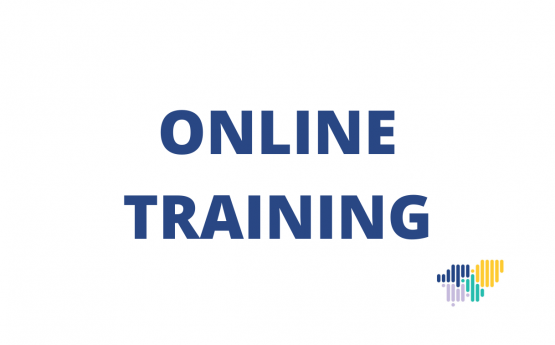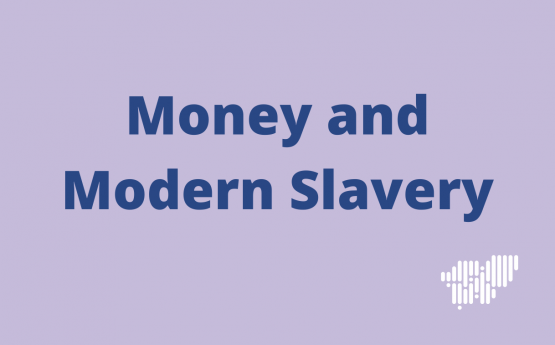Profit is the main driver of Modern Slavery, with exploiters repeatedly exploiting people for their own financial gain. However, there are significant challenges for identifying perpetrators of exploitation and unravelling the financial picture of their crimes remains a complex task.
The International Labour Organisation (ILO) estimates that, Modern Slavery and Human Trafficking generates $150 billion per year globally in illegal profits. Exploiters find a number of means to make money through exploitation, this can include:
- Sale of services – victims are exploited for labour, including criminality and sexual exploitation, generating significant sums for the exploiters.
- Control of victim finances – offenders often control victims’ bank accounts allowing them to generate profits from victims’ wages, benefits and credit, withdrawing and moving funds for their own gain.
- Debt bondage – offenders use debt to control victims, often they will inflate genuine costs, such as travel and accommodation, and create artificial costs such as recruitment fees. Enforced through threats of violence and intimidation, this debt bondage can leave victims feeling trapped in a cycle of debt and exploitation.
Unravelling the financial picture of how exploiters make and move their money remains a difficult but vital task for enforcement agencies as investigations such as Operation Fort have shown.
The recent report – Preventing Modern Slavery and Human Trafficking: An Agenda for Action across the Financial Services Sector – launched by the Independent Anti-Slavery Commissioner, Dame Sara Thornton, suggests ‘worryingly low levels of awareness of forced labour and exploitation of workers in the UK’s financial sector’.
The launch highlights, “whether a criminal gang is laundering money through a high street bank or sophisticated criminals are transferring money internationally, whether your pension is investing in a company that uses bonded labour or your savings are invested in abusive garment factories, money is the driving force behind every case of exploitation.”
Spotting the signs of Modern Slavery.
Below are some financial indicators a person may be a victim of Modern Slavery:
- Suggestions they have had to pay for a job in the UK or concerned they are in debt to another person for their accommodation, travel and/or job.
- Communication appears controlled by people speaking on their behalf, or dependant on another person for their travel, food and/or money.
- Not in possession of their own identity documents or bank cards, or be unaware what the PIN is for their bankcard.
- Be working excessive hours and/or consistently asking for extra shifts but have very little money.
- Be vague about the type of work they are doing, how much they are paid (if at all), or where they are living.
- Do not appear to have any money but does have a mobile phone.
Get Help
If you are concerned about someone and need advice or want to report an incident, contact:
- The Police on 101, or 999 if someone is in immediate danger.
- The Modern Slavery Helpline anonymously on 08000 121 700 or report it online.
- The Gangmasters and Labour Abuse Authority on 0800 432 0804 if you are concerned about a business or the exploitation of workers.
See Independent Anti-Slavery Commissioner press release: https://www.antislaverycommissioner.co.uk/news-insights/new-joint-report-on-modern-slavery-and-financial-services/








